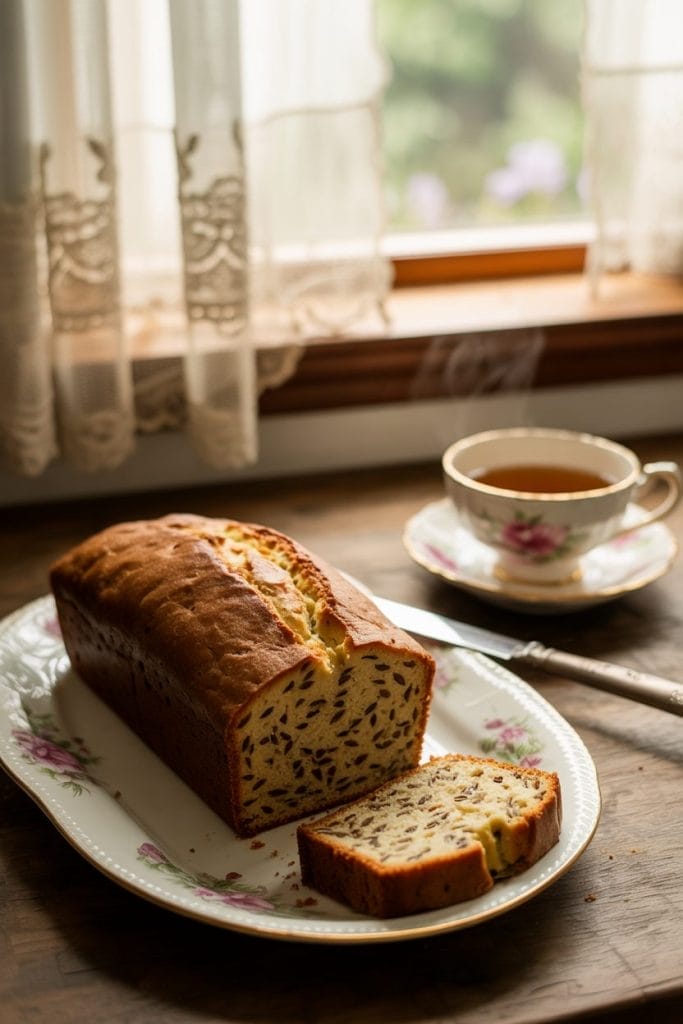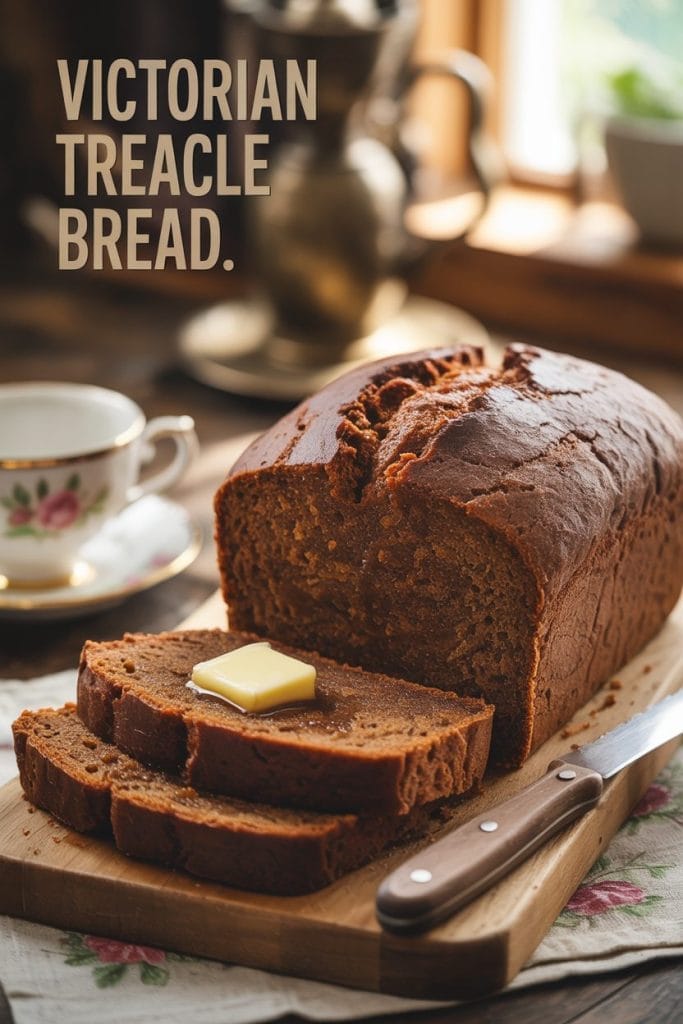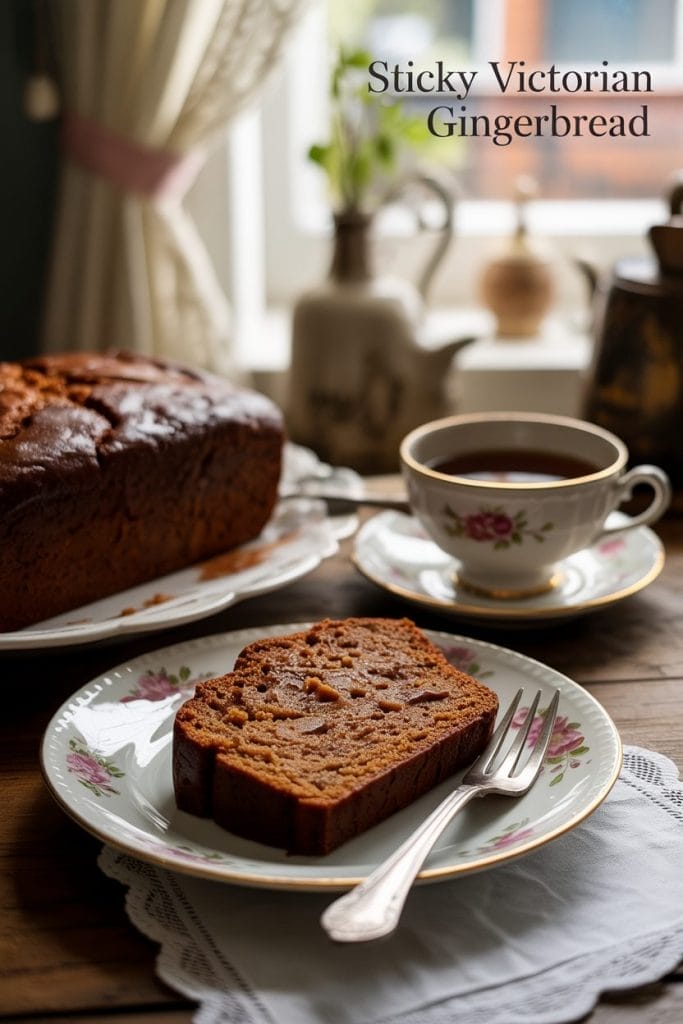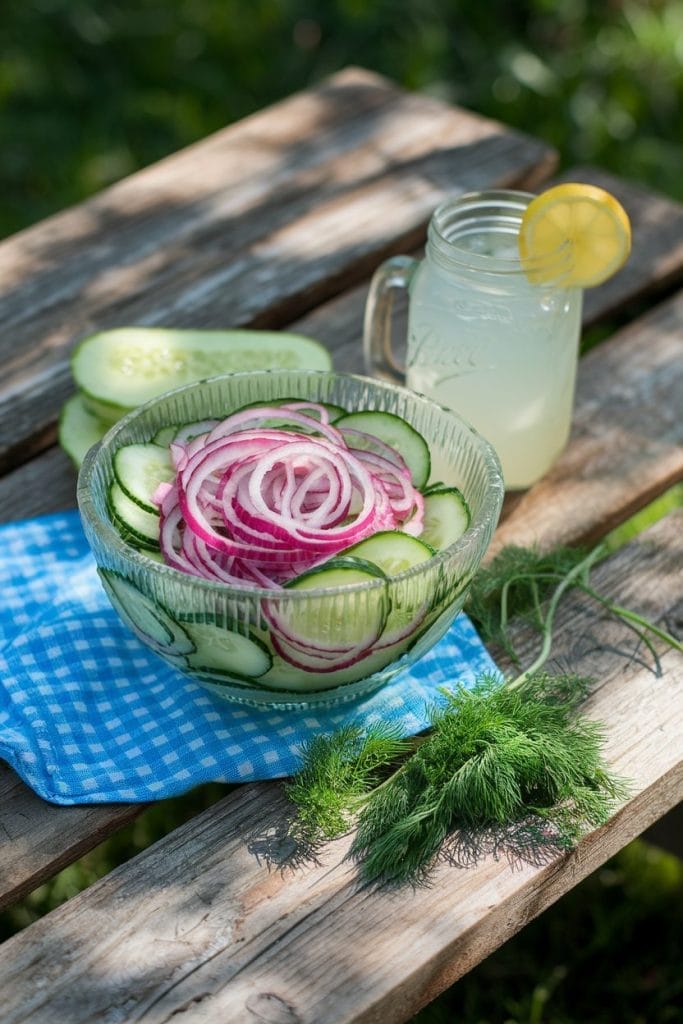I Made These FREE Vintage Recipe Tools JUST For You
This recipe was created with help from AI tools and carefully reviewed by a human. For more on how we use AI on this site, check out our Editorial Policy. Classic Fork earns a small commission from Amazon and other affiliate links at no extra cost to you, helping us keep our content free and honest.
5 Vintage Wartime Ration Cookie Recipes Prove You Don’t Need Fancy Ingredients
Time Period:
Meal Type:
During wartime, every ingredient mattered. With sugar, butter, and eggs strictly rationed, home bakers had to get creative. Instead of giving up on sweet treats, they found ways to make cookies using whatever was available—oats, potatoes, molasses, and even peanut butter.
These ration cookies weren’t just about satisfying a craving. They were a symbol of resilience, making the most of limited supplies while keeping spirits high.
Across the United States, Britain, and beyond, families found comfort in these simple recipes. Here are five wartime cookies that prove you don’t need fancy ingredients to make something delicious.

What Would You Cook in Wartime?
Step back in time and discover what you could make with limited wartime rations
1. Oatmeal Drop Cookies
Oatmeal cookies became popular during World War I and II when ingredients like eggs, butter, and sugar were scarce. Oats were cheap, filling, and widely available, making them a perfect base for cookies.
Where It Was Eaten:
These cookies were popular in the United States, Canada, and the United Kingdom. They were often sent to soldiers overseas because they traveled well and stayed fresh longer than other baked goods.
Why People Made It:
People needed to make do with what they had, and oats provided a good alternative to flour. Honey or molasses was often used instead of sugar. Some versions included dried fruits or nuts when available.

2. Potato Drop Cookies
During World War II, wheat flour was strictly rationed, so home cooks found creative ways to bake without it. Mashed potatoes, often leftovers, were used as a flour substitute to keep cookies soft and chewy.
Where It Was Eaten:
These cookies were common in the United States and the United Kingdom. In Britain, they fit well with the Ministry of Food’s rationing guidelines, which encouraged reducing waste and using alternative ingredients.
Why People Made It:
Potatoes were easy to grow and abundant. They helped stretch ingredients and added moisture to baked goods without the need for eggs or milk.

3. Peanut Butter Victory Cookies
Peanut butter was a popular wartime substitute for butter, which was heavily rationed. These cookies were called ‘Victory Cookies’ as they were made to support the war effort while using minimal resources.
Where It Was Eaten:
These were especially popular in the United States and Canada, where peanut butter was more readily available. They became a staple in war-era cookbooks and community recipe swaps.
Why People Made It:
The high protein content of peanuts made these cookies more filling than traditional sugar cookies. They were simple, didn’t require butter or eggs, and could be made with alternative sweeteners like honey or corn syrup.

4. Molasses Spice Cookies
Molasses was used as a sugar substitute during wartime rationing because refined sugar was in short supply. These cookies had warm spices like cinnamon and cloves, making them a comforting treat despite the restrictions.
Where It Was Eaten:
Molasses cookies were common in the United States and Britain, especially in households that followed government-issued rationing cookbooks.
Why People Made It:
Molasses was affordable, available, and gave a rich sweetness that made up for the lack of sugar. The spices helped mask the lack of butter and made the cookies taste more indulgent than they really were.

5. Eggless Sugarless Butterless Cookies
As the name suggests, these cookies were made without eggs, sugar, or butter—three of the most rationed ingredients during wartime. They relied on alternatives like mashed bananas, applesauce, or syrup to provide sweetness and moisture.
Where It Was Eaten:
These cookies were found in both Europe and North America, with different variations depending on local food availability. In Britain, they were part of the Ministry of Food’s ration recipes, while in the U.S., they appeared in home economics bulletins.
Why People Made It:
Bakers had to work with what they had. The goal was to still have a sweet treat without using precious ingredients needed for more essential meals. These cookies were proof of resourcefulness and determination.

Maggie Hartwell
Hi there, I’m Maggie Hartwell, but you can call me Maggie—the apron-clad foodie behind Classic Fork! I created Classic Fork because I’m convinced food has a way of telling stories that words can’t. So, grab a fork and dig in. The past never tasted so good!






